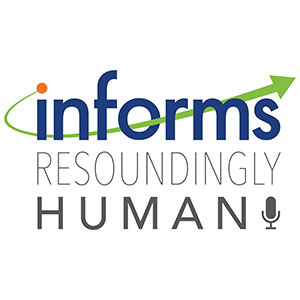
Become a part of the growing data analytics field
With researchers estimating that 150,000 data analytics professionals are needed to fill roles in Canada, York University will help to address the talent shortage when it launches its big data analytics program this September. Facilitated as a part-time offering through York’s School of Continuing Studies, the big data analytics program is comprised of two certificates — the certificate in big data analytics and the certificate in advanced data science and predictive analytics. The certificate in advanced data science and predictive analytics, which launches in winter 2018, delves into data organization for analysis and advanced methods and analytics for those looking to pursue the INFORMS Certified Analytics Professional (CAP®) designation, the premier global professional certification for analytics practitioners.















